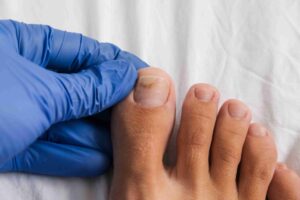Suffering from Shin Splints? Here we discuss how Shin Splints happens and Tips on how to avoid them
Shin Splints can be very painful and annoying when trying to run more and train for a variety of different running events. It can really impact activity and immediate intervention. Here we will learn more about shin splints.
What are Shin Splints?
The term “shin splints” refers to pain along the shin bone (tibia) — the large bone in the front of your lower leg. They are common in runners, dancers and military recruits. Medically known as “medial tibial stress syndrome”, it often occurs in athletes who have recently intensified or changed their training routines. This increased activity overworks the leg muscles, tendons and bone tissue.
Symptoms of Shin Splints
If you start to experience pain on the inside of your lower leg along the shin bone (tibia), then you may have shin splints.
Your shin splints pain will often be worse at the beginning and end of exercise routine but subsides during activity. As the injury progresses however, you may find you also experience pain during activity and at rest.
Other symptoms associated with the condition may include:
- Pain and swelling in the area
- The area is tender and sore to touch
- Dull and aching pain
There are a number of other conditions that have very similar symptoms to those of shin splints, so it’s important to get diagnosed by a podiatrist to ensure you’re put on the correct treatment plan.
You may be wondering how you got this pain? What causes Shin Splints? Here are the reasons:
This is so common especially to cyclists, runners, dancers, and anyone who strikes the ground with their forefoot.
This can lead to stress fractures and should therefore be treated like a potentially serious injury.
If you think you have shin splints, you can treat them at home with the peace and love protocol:
Protection
Elevation
Avoid Anti-Inflammatories
Compression
EducationLoad
Optimism
Vascularization
Exercise
If you are struggling with this kind of pain and have tried many treatments yet you are still having issues? We can provide treatment protocols for you and make you pain free.✅ Schedule an appointment here or you may call us at 44 (0) 207 101 4000.
Wishing you have a loveLEG day! 👣☀️
-The Chelsea Clinic and Team




